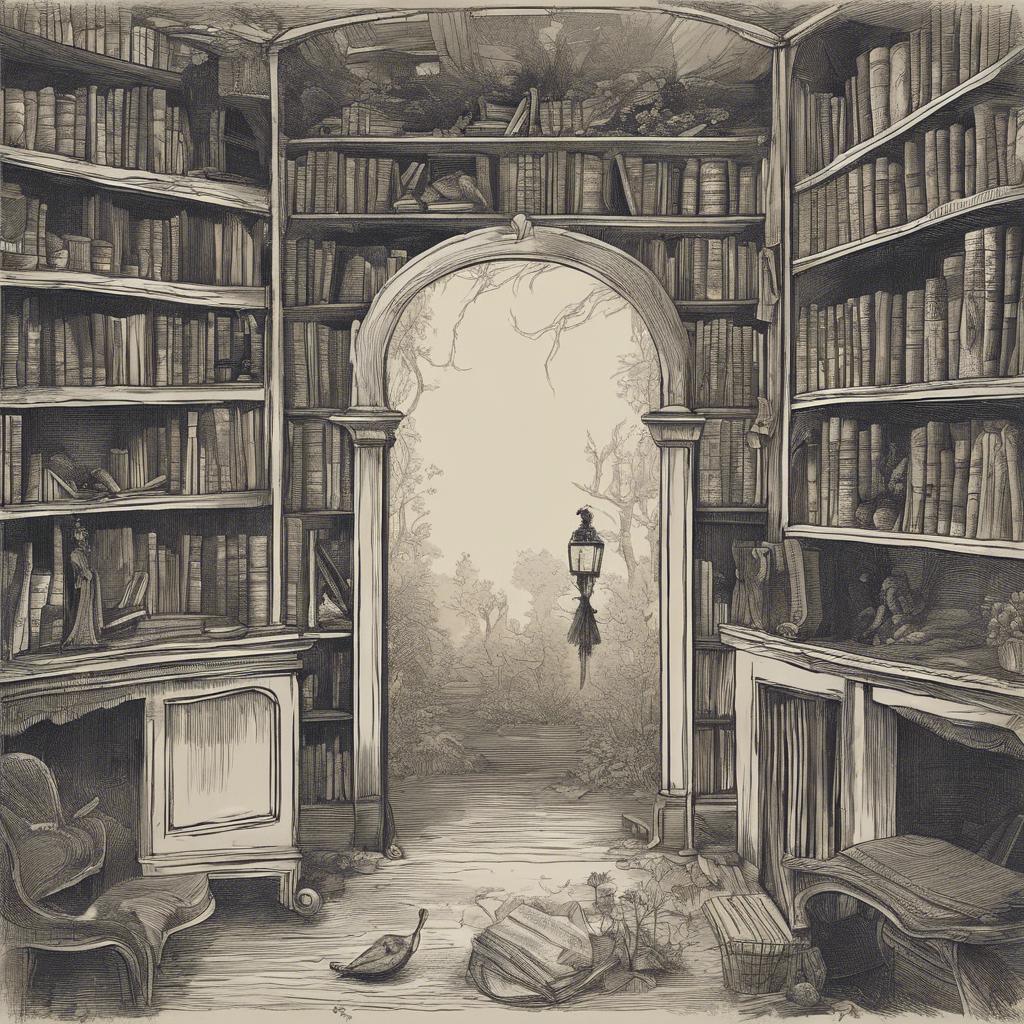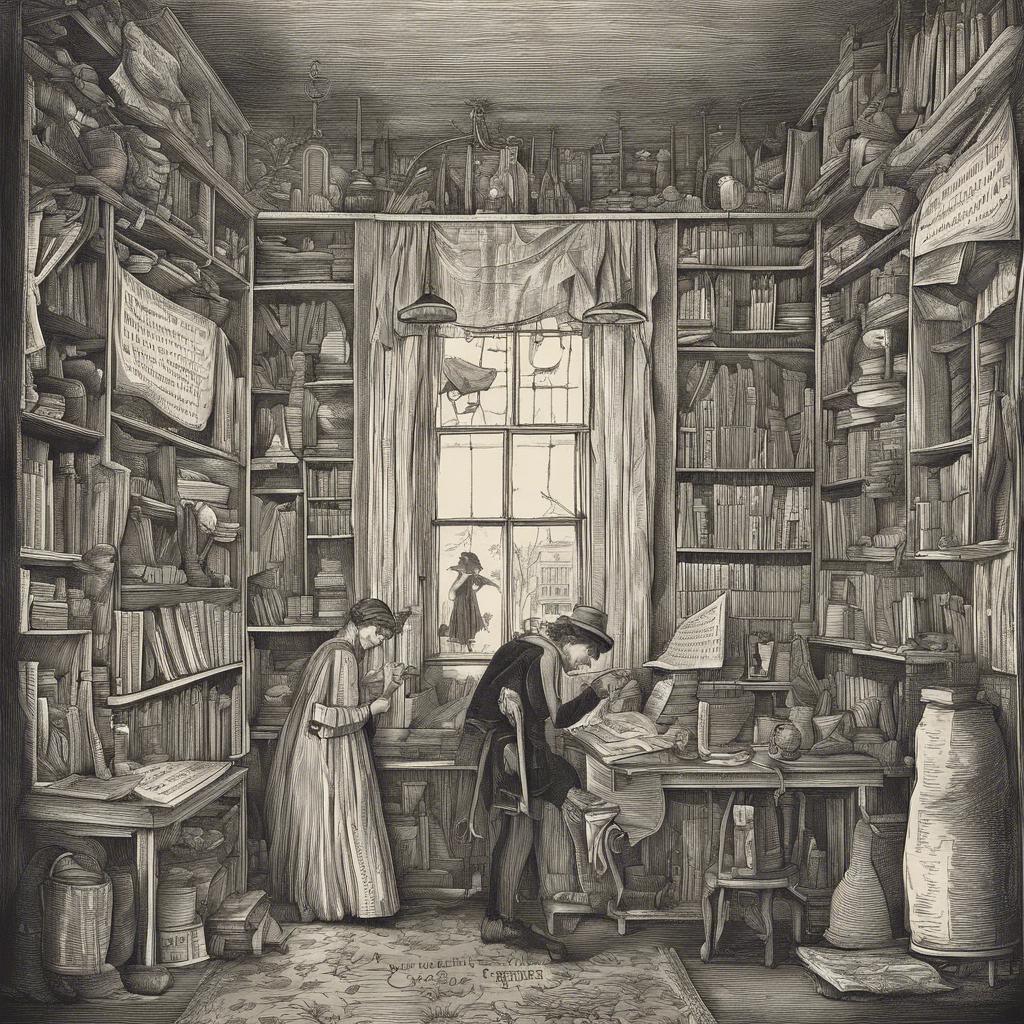In the midst of the bustling Victorian era, Charles Dickens penned one of his most underrated yet masterful works – “Little Dorrit.” Set against the backdrop of 19th-century London, this novel delves into the intricacies of society, class disparities, and the harsh realities faced by those living on the margins. Join us as we explore the lasting impact and enduring relevance of this timeless literary masterpiece.
Step Into the World of Cheryl Bolen
Dive into the enchanting stories of love, intrigue, and elegance set in the Regency Era. Cheryl Bolen's novels offer timeless romance and captivating tales that will leave you wanting more.
Explore Cheryl Bolen's Books Now
Background of Little Dorrit Novel
Little Dorrit is a novel written by Charles Dickens, first published in serial form between 1855 and 1857. The story is set in the early 19th century and follows the life of Amy Dorrit, known as Little Dorrit, who was born and raised in Marshalsea debtor’s prison where her father is incarcerated.
The novel provides a vivid portrayal of social class and the harsh conditions of debtors’ prisons in Victorian England. It also explores themes of wealth, poverty, bureaucracy, and the impact of the past on the present. Dickens’ intricate and complex plot weaves together the lives of various characters, revealing connections and secrets that unfold throughout the story.
Little Dorrit is considered one of Dickens’ masterpieces, showcasing his skill at creating memorable characters and intricate narratives. The novel offers a critical commentary on the oppressive nature of society and the struggles faced by individuals caught in the web of poverty and debt. Through Little Dorrit’s journey, Dickens highlights the resilience of the human spirit in the face of adversity.
Significance of Character Development in Little Dorrit
Character development plays a crucial role in Charles Dickens’ novel Little Dorrit, as it serves to drive the narrative forward and provide insight into the complexities of the human condition. Through the gradual evolution of characters such as Amy Dorrit, Arthur Clennam, and Mr. Merdle, readers are able to witness the impact of their experiences, choices, and relationships on their growth and transformation.
Key aspects of character development in Little Dorrit include:
- The exploration of personal growth and self-discovery.
- The examination of social class, wealth, and power dynamics.
- The portrayal of complex relationships and moral dilemmas.
| Character | Development |
|---|---|
| Amy Dorrit | From a meek and selfless young girl to a resilient and empowered woman who learns to assert her own worth. |
| Arthur Clennam | Transforms from a disillusioned and passive individual to a proactive and compassionate figure who seeks redemption. |
| Mr. Merdle | Initially portrayed as a wealthy and influential man, but his downfall reveals the destructive consequences of greed and deception. |
the significance of character development in Little Dorrit lies in its ability to offer readers a nuanced and poignant portrayal of the human experience, as well as to reflect the societal issues and moral dilemmas of the Victorian era.
Themes of Poverty and Social Class in Little Dorrit
In Charles Dickens’s Little Dorrit, the themes of poverty and social class play a significant role in shaping the narrative and characters. The novel delves into the harsh realities of 19th century England, where social mobility was nearly impossible and poverty was rampant. The stark divide between the aristocracy and the lower classes is vividly portrayed throughout the story, highlighting the struggles faced by those living in poverty.
One of the central themes in Little Dorrit is the impact of poverty on individuals and families. The character of Little Dorrit herself, born and raised in the Marshalsea debtor’s prison, embodies the consequences of generational poverty. Her struggles to break free from the cycle of poverty and improve her social standing reflect the harsh realities faced by many during this time period. Additionally, the novel explores how societal attitudes towards poverty perpetuate inequality and hinder progress for those living in impoverished conditions.
Through the juxtaposition of different social classes, Dickens paints a vivid picture of the inequalities and injustices present in Victorian society. The lavish lifestyles of the aristocracy stand in stark contrast to the squalor and destitution experienced by the lower classes. This stark contrast serves as a critique of the class system of the time, shedding light on the harsh realities faced by those living in poverty and the struggle for social mobility.
Exploring Dickens Commentary on Society in Little Dorrit
In Charles Dickens’s Little Dorrit, the author provides a piercing commentary on the societal issues prevalent during the Victorian era. Through the character of Amy Dorrit, Dickens explores themes of poverty, class inequality, and the corrupting influence of wealth. The novel delves into the stark divide between the rich and the poor, shedding light on the harsh realities faced by those living in poverty.
Dickens uses the Marshalsea debtors’ prison as a powerful symbol of the oppressive nature of society, where individuals are trapped in a cycle of poverty and despair. The novel vividly depicts the harsh living conditions within the prison, highlighting the dehumanizing effects of debt and social stigma. Through Little Dorrit’s experiences, Dickens critiques the lack of compassion and empathy towards those struggling to survive in a society that values wealth and status above all else.
The character of Arthur Clennam serves as a moral compass in the novel, advocating for social reform and justice for the downtrodden. As Clennam navigates the complexities of Victorian society, he becomes increasingly aware of the inherent injustices and inequities that pervade every aspect of life. Dickens skillfully weaves a narrative that challenges readers to confront the societal norms and values that perpetuate inequality and injustice.
To Conclude
Charles Dickens’ “Little Dorrit” novel stands as a testament to the intricacies of human nature amidst the backdrop of societal change in 19th century England. Through the journey of its characters, Dickens masterfully weaves a narrative that explores themes of class division, wealth, and the corrupting influence of power. As we reflect on the timeless relevance of this work, we are reminded of the enduring power of literature to illuminate the complexities of the human experience. “Little Dorrit” remains a classic that continues to captivate readers with its rich storytelling and profound insights into the human condition.


